The event gathered many domestic and international scientists from Japan, Korea, China... to summarize 15 years of research, revision and evaluation of the value of the Thang Long Imperial Citadel relic site - a World Cultural Heritage recognized by UNESCO in 2010.
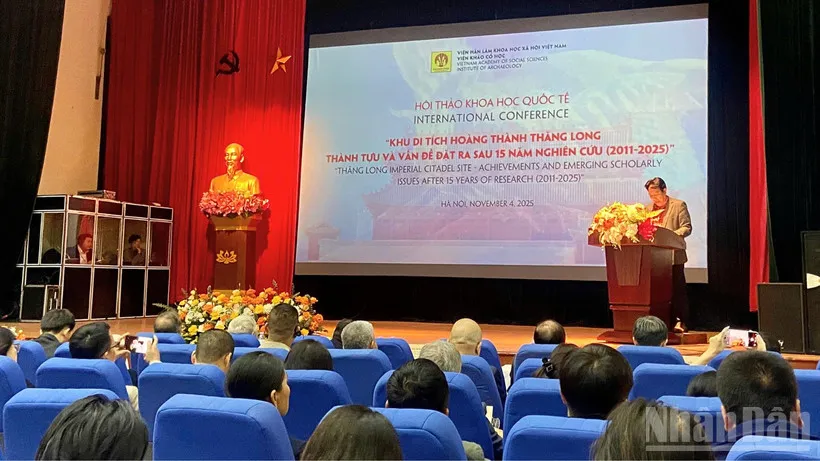
International scientific conference on Thang Long Imperial Citadel
According to Dr. Ha Van Can, Director of the Institute of Archaeology: “To have a deep, comprehensive and authentic view of the value of archaeological discoveries at the Thang Long Imperial Citadel heritage site, we must acknowledge the persistent efforts of Vietnamese archaeologists, especially the important contributions of the Institute of Imperial Citadel Studies over the past 15 years.”
The Director of the Institute of Archaeology said that the research has delved into the field of palace architecture, clarifying the architectural form of the Ly and Tran dynasties and restoring Kinh Thien Palace of the early Le Dynasty, the "soul" of Thang Long Capital. The in-depth analysis of Vietnamese ceramics and imported ceramics also helped recreate the life of the Royal Palace, while affirming Thang Long's trading position in the Asian regional network.
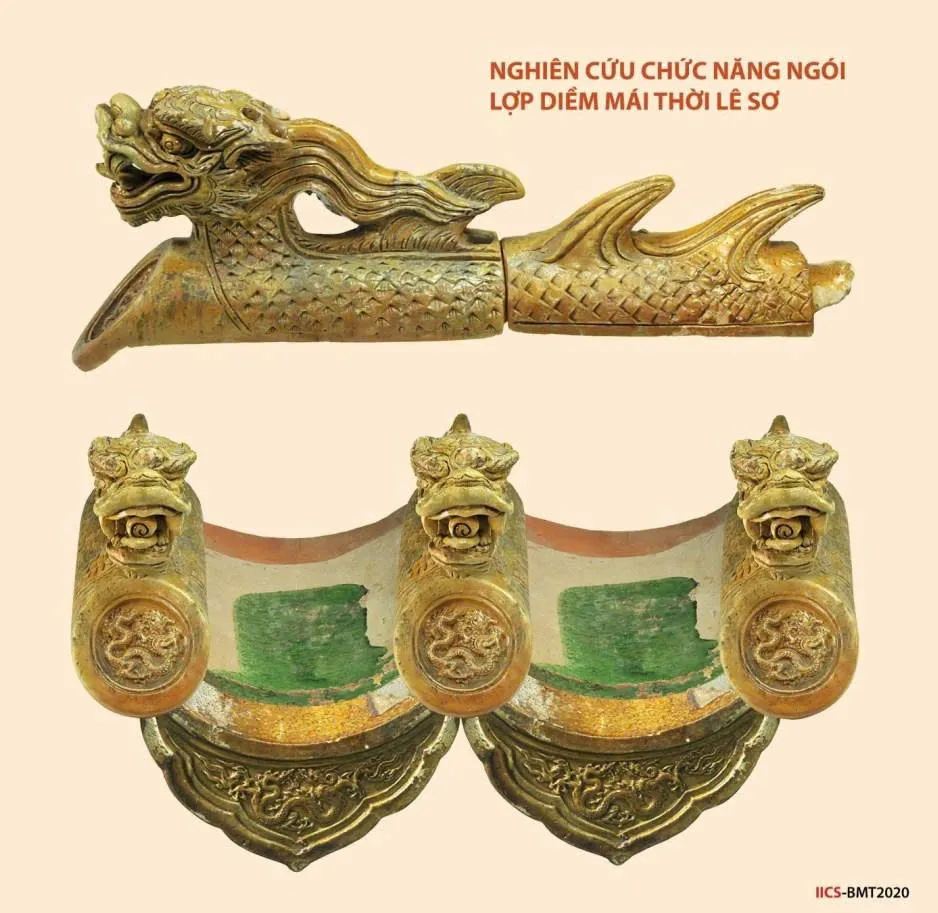
Assessing the scientific value of the relic site, Associate Professor, Dr. Tong Trung Tin, Chairman of the Vietnam Archaeological Association, emphasized that the excavation at 18 Hoang Dieu is an "unprecedented" discovery in the history of Vietnamese archaeology.
“In an area of nearly 30,000 square meters, archaeologists have discovered 53 traces of palace foundations, 7 wall foundations, 6 wells and 13 sewers. These are authentic physical evidence of the systematic planning, elaborate construction techniques and masterful architectural skills of Dai Viet during the Ly Dynasty,” said Associate Professor, Dr. Tong Trung Tin.
Also at the conference, Associate Professor Dr. Tong Trung Tin cited profound comments from international scholars: Professor Inoue Kazuto (Meiji University, Japan) assessed that Ly's architecture was "sophisticatedly designed, with precise and meticulous measurement techniques". Meanwhile, Professor Yamanaka Arika (Mie University, Japan) said: "This is a valuable relic that is indispensable in the study of human history".
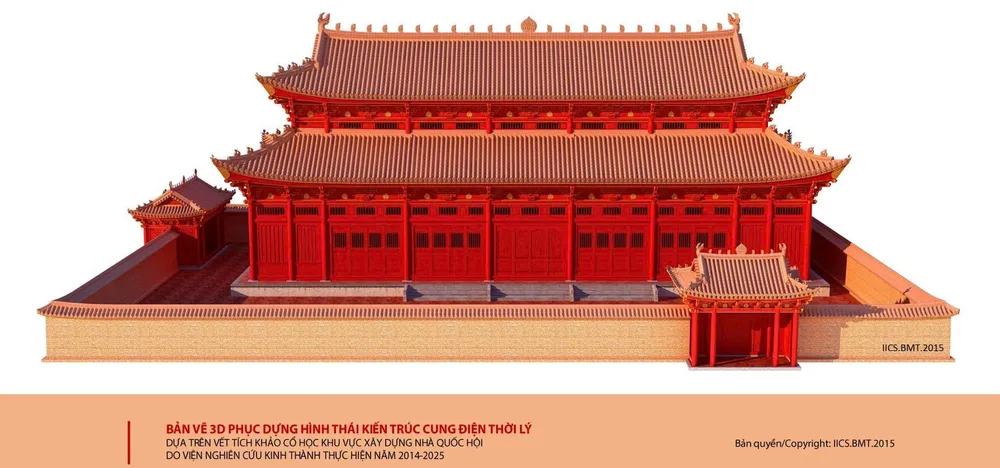
Continuing the research orientation, Associate Professor, Dr. Bui Minh Tri, former Director of the Institute of Imperial Citadel Studies, said that this workshop not only summarizes but also opens up a new approach to applying technology in heritage conservation: "Issues related to methodology and technology, including artificial intelligence, are opening up new opportunities to bring the heritage value of Thang Long Imperial Citadel closer to the modern public."
Delegates agreed on the need to continue investing in interdisciplinary research, promote digital technology and move towards a “living museum” model, making Thang Long Imperial Citadel a strategic cultural and economic asset of the Capital and Vietnam.
Source: https://www.sggp.org.vn/di-san-hoang-thanh-thang-long-dan-hoi-sinh-sau-15-nam-nghien-cuu-post821661.html








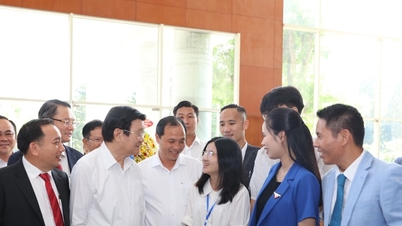





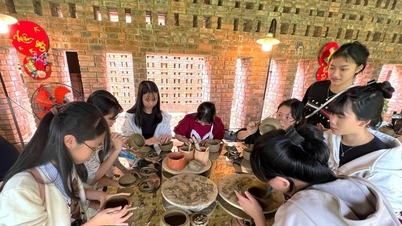

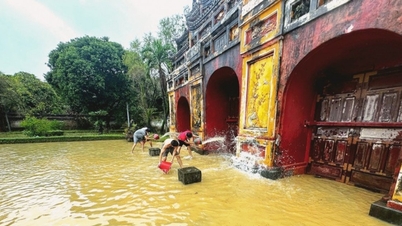





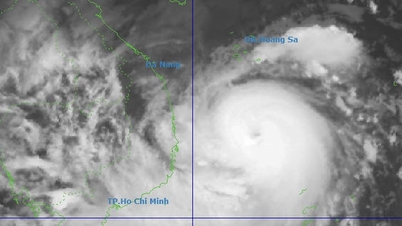

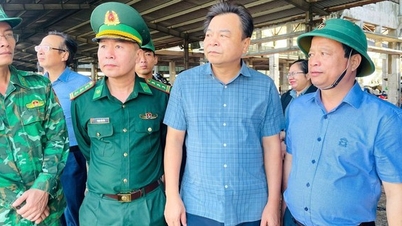

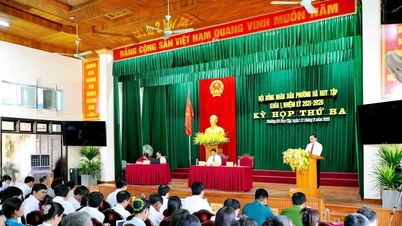

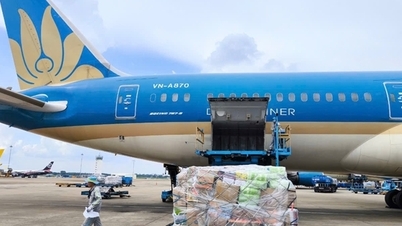





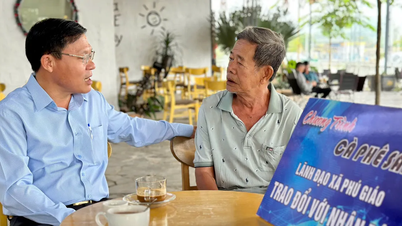
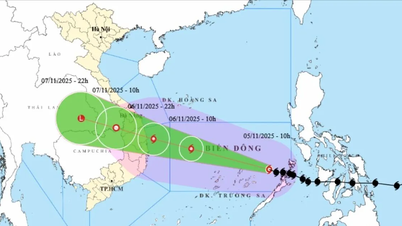

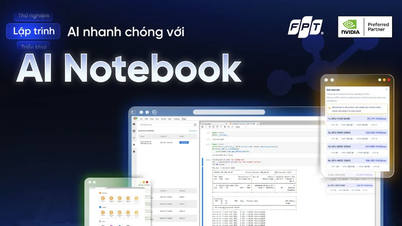
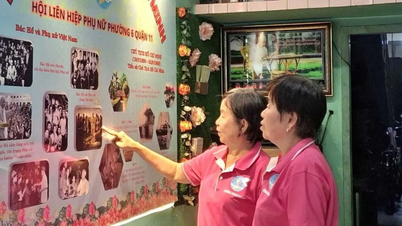
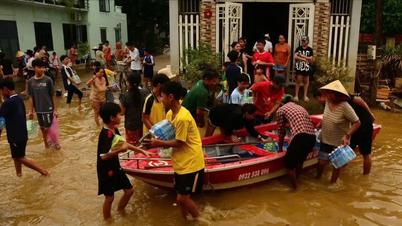


![[Photo] Opening of the 14th Conference of the 13th Party Central Committee](https://vphoto.vietnam.vn/thumb/1200x675/vietnam/resource/IMAGE/2025/11/05/1762310995216_a5-bnd-5742-5255-jpg.webp)








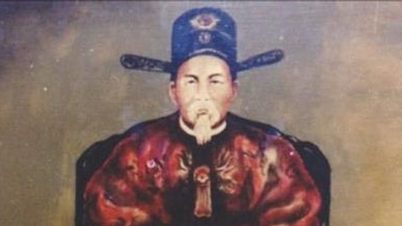


























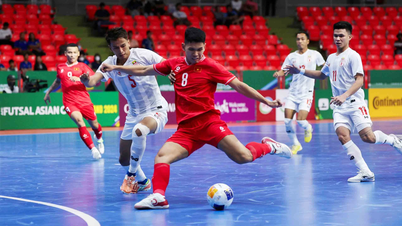




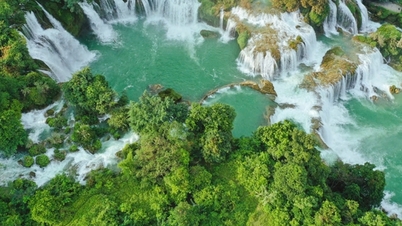




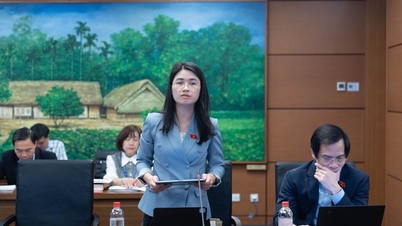

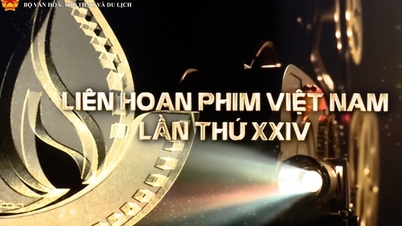




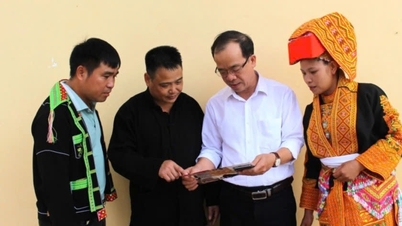















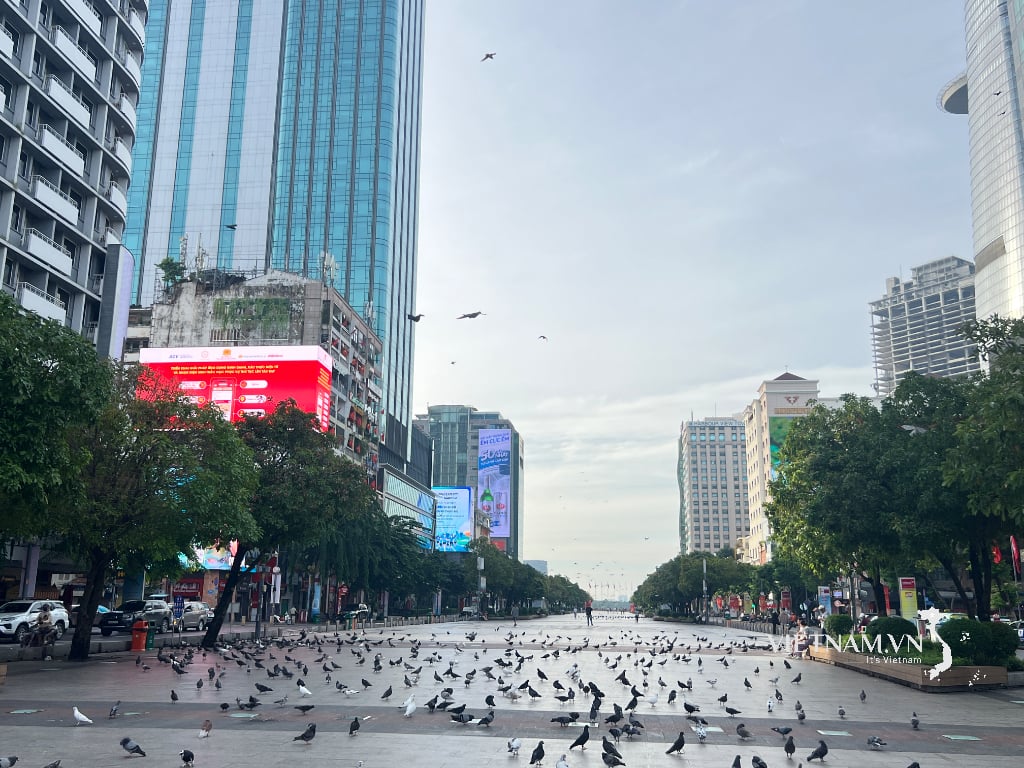



Comment (0)